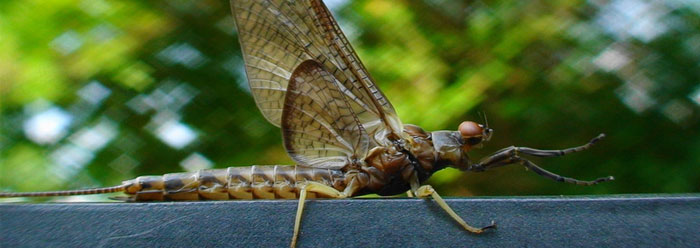The cause of stuttering, or stammering speech, has eluded scientists. It affects approximately one percent of the U.S. population and “an estimated 60 million people worldwide.”1 Although many people experience chronic stuttering from non-genetic causes, medical researchers have discovered several mutated genes that likely contribute to the condition.
The researchers examined genes from people who stutter, including several from seven generations of a Pakistani family. Stuttering can run in families. The study, published in the New England Journal of Medicine, found that certain mutations can underlie stuttering. Associated with a variety of disorders, these mutations are linked to an enzyme on chromosome number 12. The enzyme is active in peroxisomes, which are organelles that are vital to metabolism and that recycle certain cellular waste products. Apparently, the mutations diminish the enzyme’s effectiveness within peroxisomes.
Now that the exact locations of mutations that appear to contribute to stuttering have been pinpointed, it may be possible to develop treatment strategies that restore or replace the function of the affected enzyme, thereby “fixing” the peroxisomes. The researchers found that certain areas of the brain involved in motor function express large amounts of the enzyme. Since speaking involves coordinated motor control of the lips, tongue, larynx, and other muscles, this provides a clue as to how these particular mutations might be contributing to some cases of stuttering.
While the results of this research may help with future treatments, the study has broader implications—it also serves to validate the creation concept of “genetic entropy.” First, mutations are constantly being linked to certain diseases, and this is one more example.2 Historically, mutations can be thought of as corruptions of an originally very good creation. They began their constant intrusions upon genomic perfection at the time of the curse, only thousands of years ago, when mankind’s rebellion against God brought decay and death into the world (Genesis 3:17-19).
In this view, highly organized systems—such as the multi-counterpart enzyme studied here—enjoyed their maximum quality at the beginning of creation, but have since broken down over the succeeding generations. Observations like those made in the stutter study are more consistent with this historical outlook than they are with an evolutionary history.
In neo-Darwinian evolution, mutations supposedly help generate the high degree of organization found in living things. But this view has mutations operating in the opposite overall direction to what has been scientifically observed, which is that most mutations are neutral, and some are very harmful.
According to the pedigree chart of the Pakistani family that was studied, there have been five inter-family unions in the last four of seven generations. There were no stuttering members in the first three generations, but by the seventh generation the majority of the family members stuttered. Thus, the “stuttering” mutations became concentrated in this family, likely as a result of marrying first or second cousins within the family.
A question is sometimes raised regarding the inter-relationships of the earliest families depicted in the Bible. If mutation-caused disorders accumulate with inbreeding, then how could Cain have married his sister, or perhaps a niece, as the second generation of men must have done?
Since genomes were of a much higher quality at the very beginning, there would have been no ill effects at that time from closer familial unions.3 Even a couple of thousand years after creation, Abraham’s marriage to his half-sister Sarah involved robust enough genetics to give rise to today’s nations of Hebrews and Arabs. Biblically, intermarrying with family only became off-limits at the advent of Mosaic law, over three hundred years after Abraham.
Genetic entropy is the principle that, over generations, genomic information steadily loses integrity due to the relentless accumulation of mutations. Among smaller interbreeding populations today, genetic entropy can accelerate and lead to a catastrophic collapse by mutational meltdown. It appears that this will soon occur with pandas, cheetahs, and some other small populations of endangered species that already carry a high mutation load. This is consistent with the observation that the mutations leading to stuttering are amplified in the close, familial population of Pakistanis that were studied.
Today’s science, therefore, continues to confirm the ancient message to mankind from God’s Spirit, that as a result of man’s sin “the whole creation groaneth and travaileth in pain together until now.”4
References
- Kang, C. et al. 2010. Mutations in the Lysosomal Enzyme-Targeting Pathway and Persistent Stuttering. New England Journal of Medicine. 362: 677-685.
- Thomas, B. Neo-Darwinian Theory Fails the Mutation Test. ICR News. Posted on icr.org March 27, 2009, accessed February 11, 2010.
- Demick, D. 1999. The Blind Gunman. Acts & Facts. 28 (2).
- Romans 8:22.
* Mr. Thomas is Science Writer at the Institute for Creation Research.
Article posted on February 26, 2010.












































